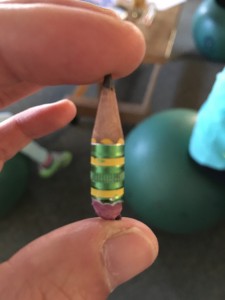Steven Johnson is an author and host of How We Got to Now, a documentary series that explores ideas that have had major impacts on the modern world. Last year, when exploring light, we learned about the evolution of photography and how it ultimately led to changes in civil infrastructure, after shedding light on the plight of the poor in the Lower East Side of Manhattan. We’ve now nearly finished the episode on sound, which described our rudimentary attempts to capture sound in the caves of Lascaux, France (the most “acoustically interesting spaces also contain the most paintings”) and the way trials and errors in attempts to capture and broadcast sound led to profound discoveries (the vacuum tube) which revolutionized communication.
Today, we saw and discussed how music and jazz specifically played a powerful role in the Civil Rights Movement. The music humanized African Americans in the eyes of a part of White America that was ignorant or indifferent to the suffering of African Americans. Billie Holiday, in Strange Fruit, shared the horrors of lynching in a way that caused many whites to face this terrible reality. As a result of this artform, some whites began to join African Americans to confront the racism ingrained in the laws of American society.
We finished The Little Prince this week and had an interesting conversation about life and death. Students discussed whether or not they thought the Little Prince was dead and what “dead” really meant in the context of the story as well as life as we live it. Some took the Little Prince at his word when he asked the Pilot to see his body as “an empty shell” too heavy for him to carry back to his star. Others spoke of an afterlife, either in Heaven or in the hearts of those that continue to remember and love us after we have gone.
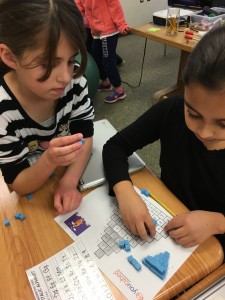
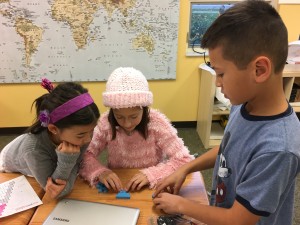
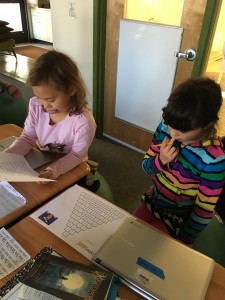
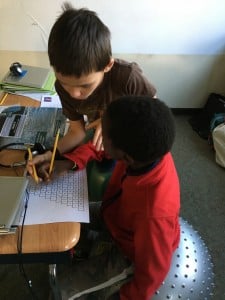
Understanding patterns and relationships is essential to studying mathematics. This week, we explored the triangle most commonly known as Pascal’s Triangle though the triangle was well known in India, China and Persia centuries before Pascal. We completed a small version of Pascal’s Triangle based on some initial clues. Students quickly took over recognizing various other patterns. Finally, we talked about triangular numbers and used base 10 blocks to construct triangles and tetrahedrons by looking at some of the diagonal columns in the triangle.
And someone used this pencil to do it.
